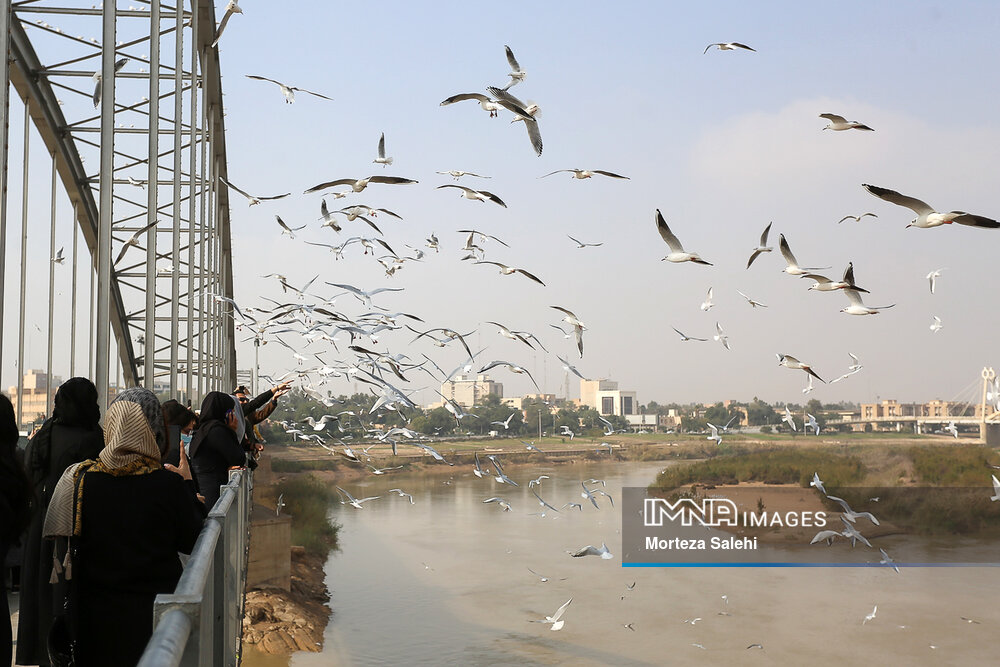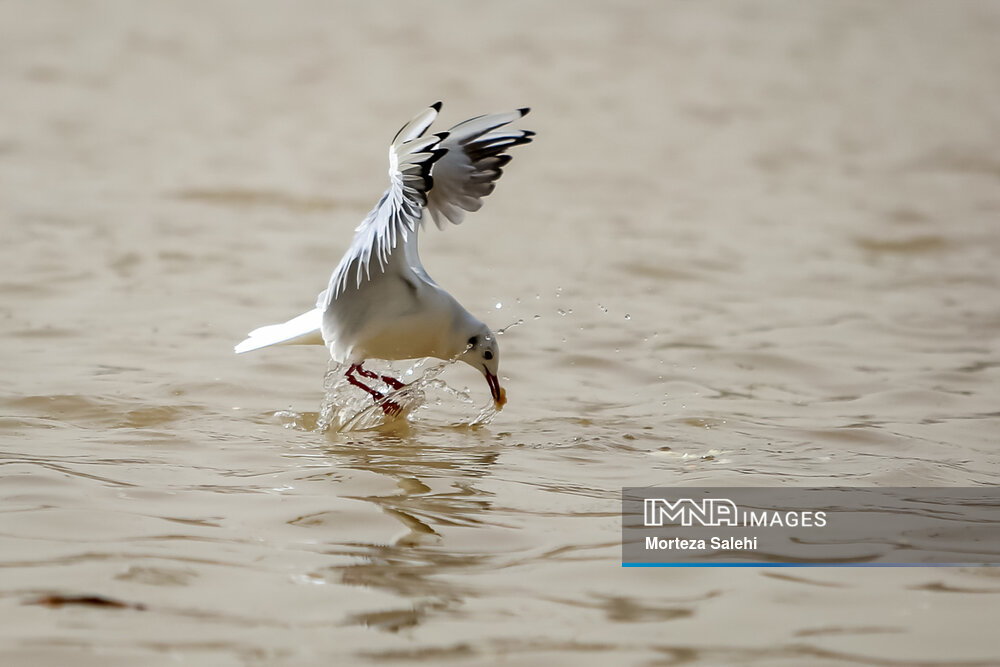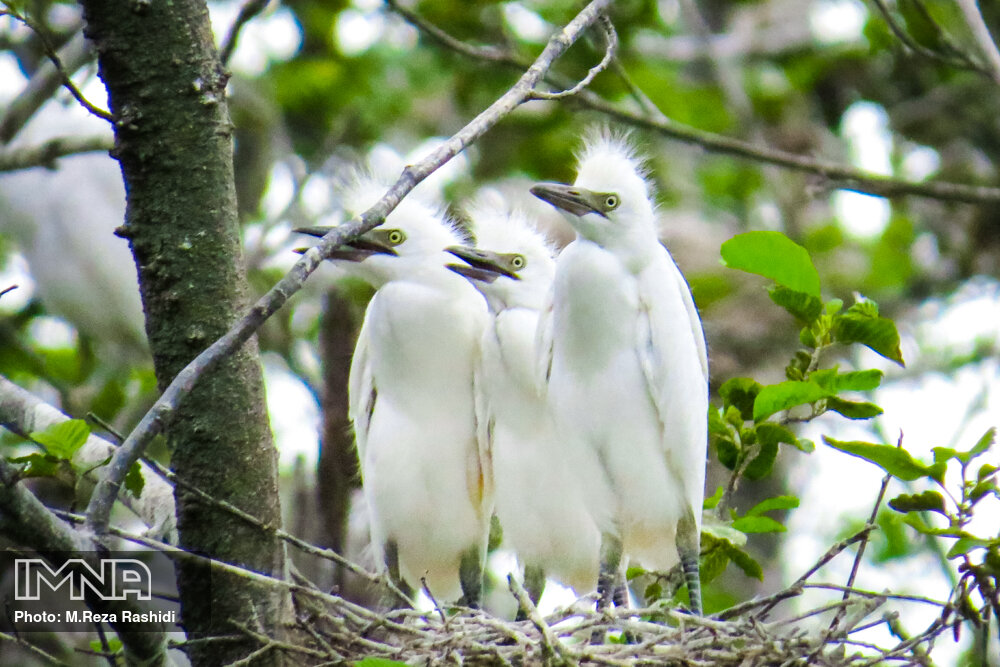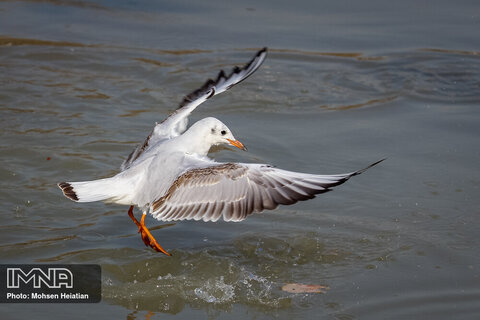Iran (IMNA) - Birds are known as an indicator of the state of our planet's well-being. They are recognized as ecosystem engineers due to their roles as dispersers of seeds, pollinators, and scavengers.
As the 2022 State of the World's Birds report demonstrates, both birds and our world are in danger. One in every eight bird species is on the verge of disappearance, and the world's bird population is declining.
Migratory waterbirds are among the most endangered species. The most serious threat they face is during their yearly round-trip migrations between their summer breeding habitats in the northern hemisphere and their feeding grounds in the southern hemisphere.
Four thousand of the known bird species are considered frequent migrants, which means they travel internationally on a yearly basis when the seasons change from one habitat to another. This figure is expected to rise as we learn more about the behavior of birds in tropical areas.
Migratory birds play an important part in preserving nature's harmony and ensuring the correct operation of ecosystems all around the globe. They also bring significant cultural and economic advantages to a wide range of populations.

They contribute to the health of the environment by controlling pests, pollinating plants, and providing food for other animals. Additionally, they offer entertainment for the millions of bird watchers and enthusiasts who create backyard habitats and supply food to attract different species throughout the year.
During their life cycles, the great majority of migratory birds rely on aquatic habitats. Wetlands, rivers, lakes, streams, marshes, and ponds are all important for eating, drinking, and breeding, as well as resting and refueling on their lengthy trips.
Sadly, aquatic environments and the migratory birds that rely on them are becoming more imperiled across the world. Human need for water, as well as pollution and climate change, are all having an immediate impact on the supply of clean water and the current conservation situation of many migratory birds. In some areas, the lack of water and prolonged droughts may be impacting birds. In other areas, the impacts of sea level rise from climate change may be affecting birds.
Land use activities such as agriculture, mining, and urban development can impact wetlands visited by migratory waterbirds.
Since disturbance at one site affects the entire network of wetlands used by these birds, it is important to protect wetlands all along the flyway.

Alarming headlines are appearing all across the world: In the past 50 years, 35% of the world's wetlands—which are essential to migrating birds—have disappeared. Natural water systems are being depleted, and migratory birds are losing crucial breeding and stopover grounds. Climate change is magnifying the effects of habitat devastation. These dismal facrs are consistent with recent studies showing that 48% of bird species worldwide are experiencing population decreases.
We can safeguard both the amount and quality of water for all species by preserving aquatic habitats, especially in view of the uncertainty we currently confront due to the effects of climate change.
Storms and hurricanes, marine and coastal pollution, human development on their stopping-off sites, hunting, and trapping are some other possible threats that migratory birds might face.
Like every other living thing on earth, birds have the right to flourish in our world. They contribute significantly to our culture and society and are a never-ending source of inspiration and delight.

World Migrating Bird Day (WMBD) gives a chance for people, institutions, and governments to work together to safeguard migrating birds and their habitats.
It inspires people to learn more about migrating birds, their migration patterns, and the difficulties they endure. We can help secure the survival of migrating birds for future generations by increasing awareness and taking action to preserve them.
The annual (WMBD) campaign raises awareness of the need to protect migrating birds and their habitats. It has a global audience and is a powerful instrument for raising community consciousness of the dangers migrating birds face, the value of their habitats, and the need for international collaboration to protect them.



Your Comment